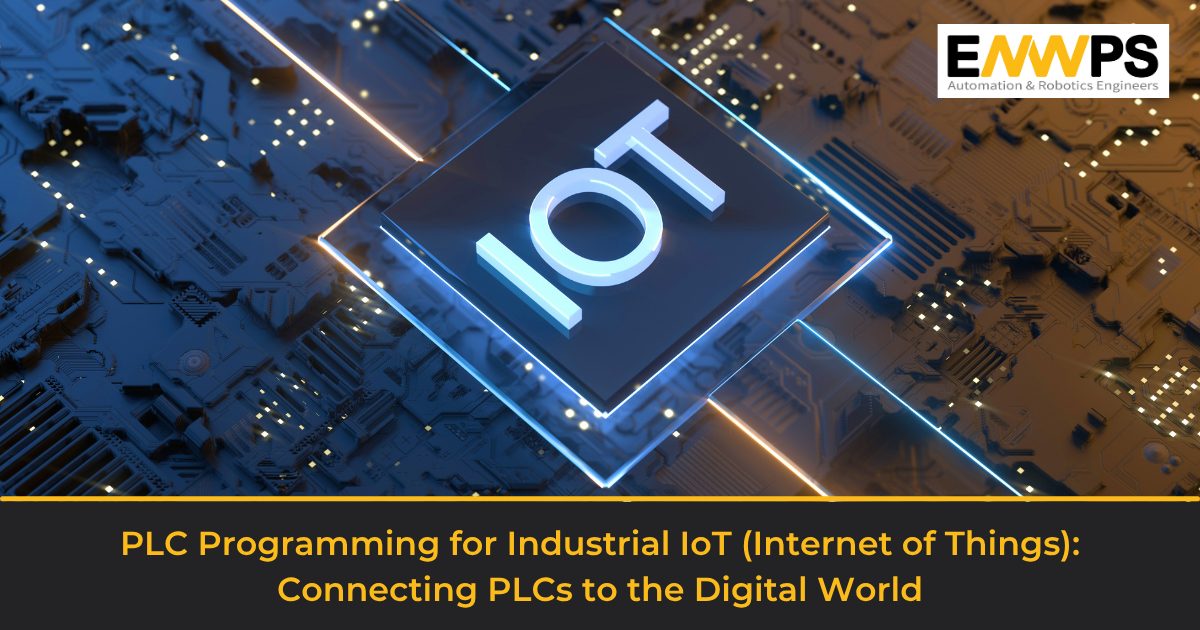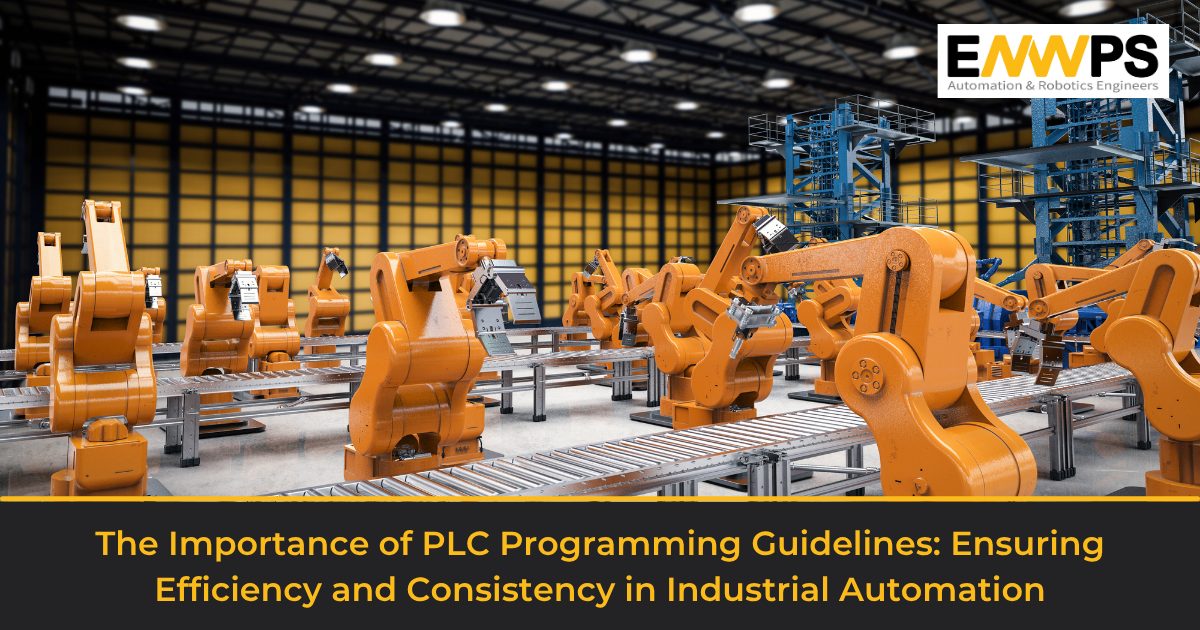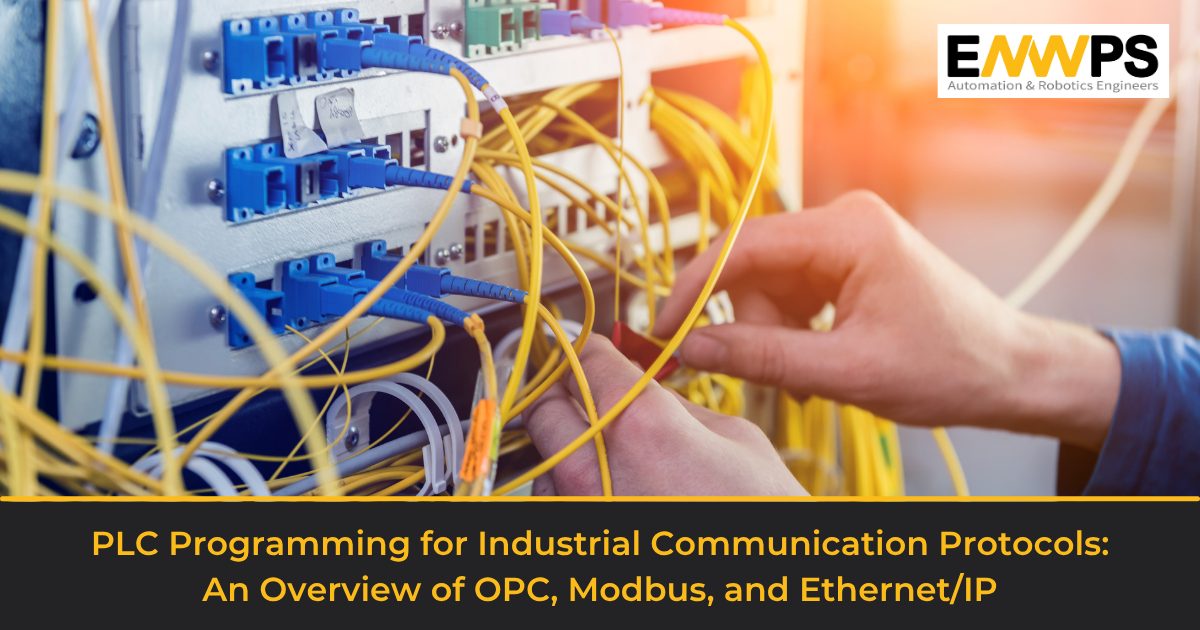
The convergence of industrial automation and the Internet of Things (IoT) has given rise to a new era of interconnected smart systems. In this landscape, Programmable Logic Controllers (PLCs) play a vital role as the backbone of industrial automation. By integrating PLCs with the IoT, industries can harness the power of data analytics, real-time monitoring, and remote control, thereby transforming traditional manufacturing processes into smart, efficient, and connected systems. In this blog, we will explore the concept of Industrial IoT and its integration with PLC programming. We will discuss the basics of PLC programming for IoT, the benefits of connecting PLCs to the digital world, the challenges in PLC programming for IoT, best practices for successful integration, and real-world case studies showcasing PLC programming in Industrial IoT applications.
Also read our blog about: Powerful Advantages of Industrial Internet of Things (IIoT) with Industrial Applications
What is Industrial IoT and PLC Programming?
The Industrial Internet of Things (IoT) refers to the network of interconnected devices, sensors, machines, and systems in an industrial environment. This network enables the collection, exchange, and analysis of data, facilitating intelligent decision-making and optimization of industrial processes.
PLC programming, on the other hand, involves creating logical sequences and instructions that control the operation of PLCs. PLCs act as the central hub in industrial automation, receiving data from sensors, processing it using programmed logic, and generating control signals to operate actuators and devices.
Overview: Basics of PLC Programming for IoT
PLC programming for IoT involves enabling PLCs to communicate with IoT devices and cloud platforms, facilitating data exchange and analysis. This integration opens up new possibilities for industrial automation, including predictive maintenance, remote monitoring, and real-time analytics.
Benefits: Advantages of Connecting PLCs to the Digital World
Integrating PLCs with the IoT offers numerous advantages for industrial automation:
- Real-time Monitoring
- Predictive Maintenance
- Data Analytics
- Remote Control
How to Connect PLCs to the IoT
Connecting PLCs to the IoT involves several steps:
- Hardware and Connectivity: Select IoT-compatible PLCs or use IoT gateways to bridge the gap between existing PLCs and IoT devices. Establish secure communication channels using protocols like MQTT, CoAP, or OPC UA.
- Data Collection: Determine the data to be collected from PLCs and connected sensors. Implement data acquisition techniques to ensure accurate and timely data retrieval.
- Cloud Integration: Establish connections to cloud platforms or edge computing systems for data storage, processing, and analysis.
- Data Analysis: Utilize data analytics tools and algorithms to derive valuable insights from the collected data.
Challenges: Common Obstacles in PLC Programming for IoT
Integrating PLCs with the IoT poses several challenges:
- Securing IoT-connected PLCs from potential cyber threats and unauthorized access is of paramount importance.
- Managing large volumes of data generated by PLCs and IoT devices requires robust data storage and processing capabilities.
- Ensuring compatibility between existing PLCs and IoT devices can be challenging due to differences in communication protocols and hardware.
Best Practices: Tips for Successful Integration of PLCs with IoT
To successfully integrate PLCs with the IoT, consider the following best practices:
- Security First: Implement robust security measures, including data encryption, user authentication, and intrusion detection systems.
- Data Efficiency: Optimize data collection and transmission to reduce bandwidth usage and storage costs.
- Redundancy and Fail-Safes: Design systems with redundancy and fail-safe mechanisms to ensure continuous operation even in case of network disruptions.
- Scalability: Plan for scalability to accommodate future expansions and changes in IoT device deployments.
Case Studies: Real-world Examples of PLC Programming in Industrial IoT
- Predictive Maintenance in Manufacturing: By integrating PLCs with IoT sensors, a manufacturing plant successfully implemented predictive maintenance strategies. Data collected from PLCs and sensors enabled the plant to predict equipment failures, reducing downtime and maintenance costs.
- Energy Optimization in Power Plants: An energy production facility integrated PLCs with IoT devices to monitor energy consumption and optimize production in real-time. This resulted in significant energy savings and increased overall efficiency.
Also read our blog about: IIoT in Manufacturing: Importance, Advantages, Smart Use Cases and More!
Conclusion
As the Industrial IoT continues to transform the landscape of industrial automation, PLC programming plays a crucial role in enabling smart and connected systems. By integrating PLCs with the IoT, industries can unlock the potential of data-driven decision-making, predictive maintenance, and remote control. As technology continues to advance, the future of PLC programming in Industrial IoT holds endless possibilities for enhanced automation and optimization, shaping the future of industrial processes in a connected digital world.
Talk to us today! Reach us on automation@enwps.com



